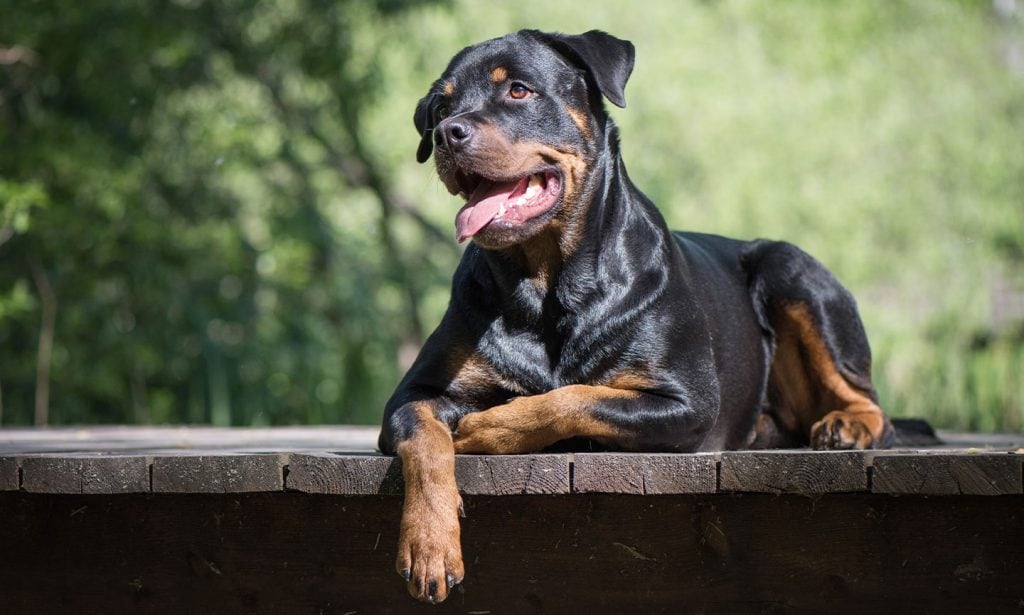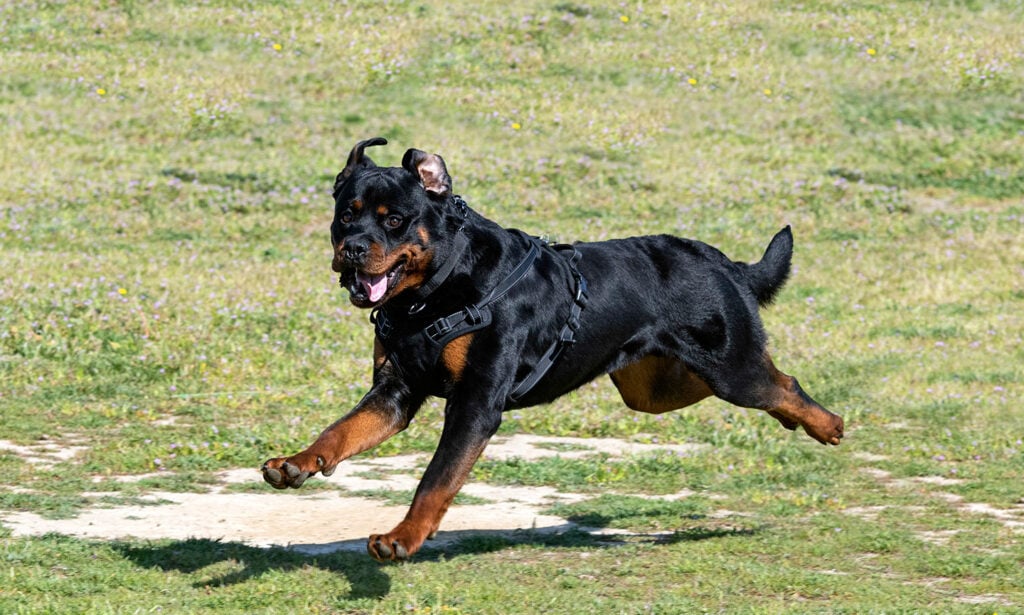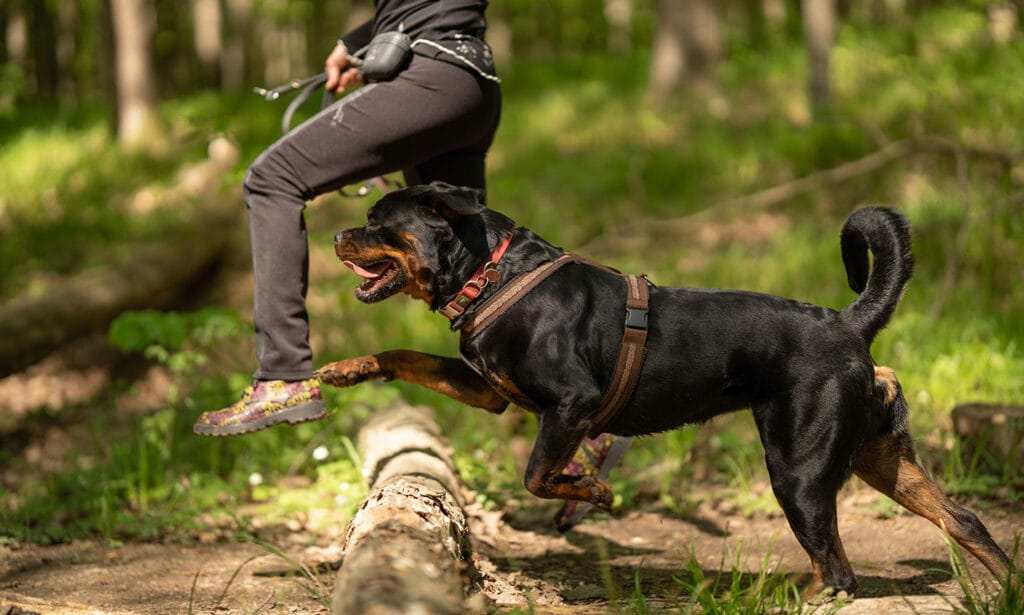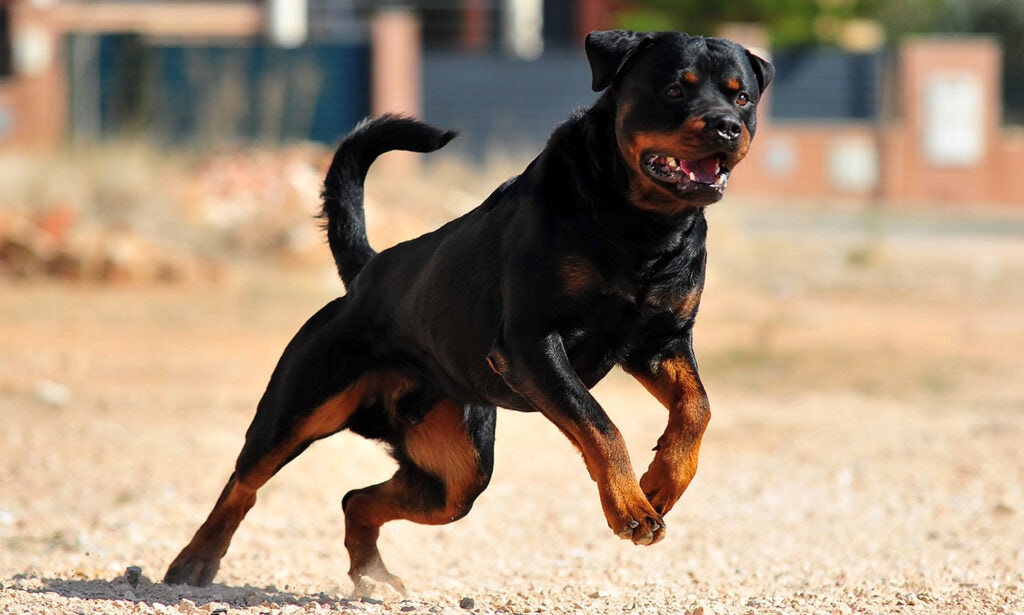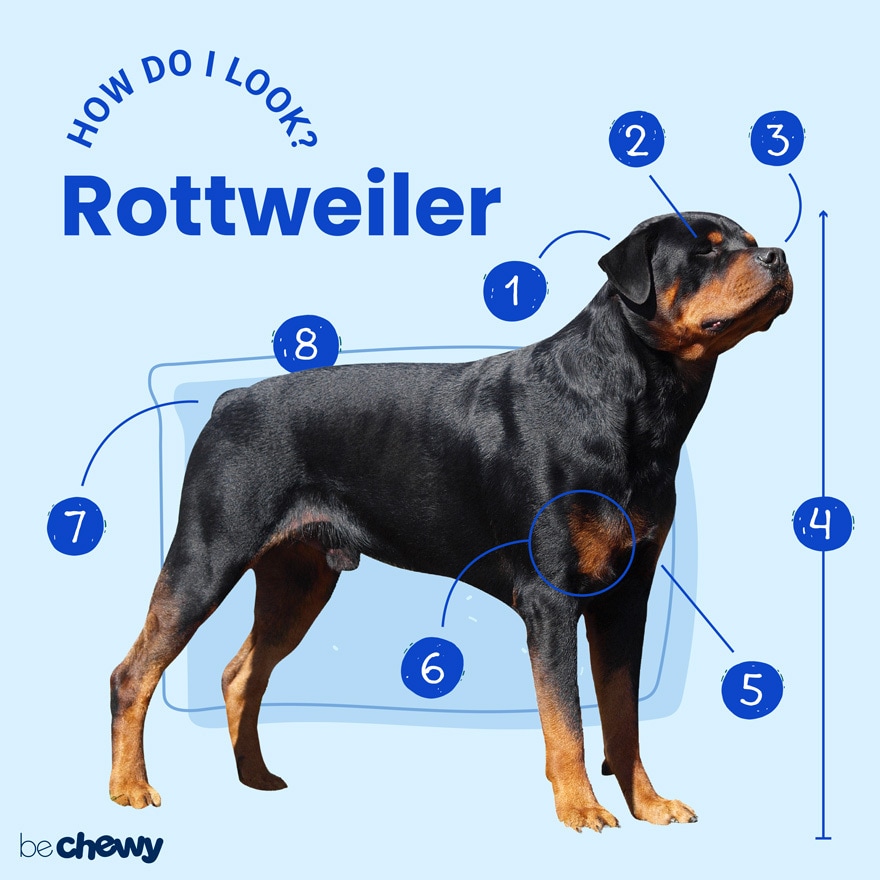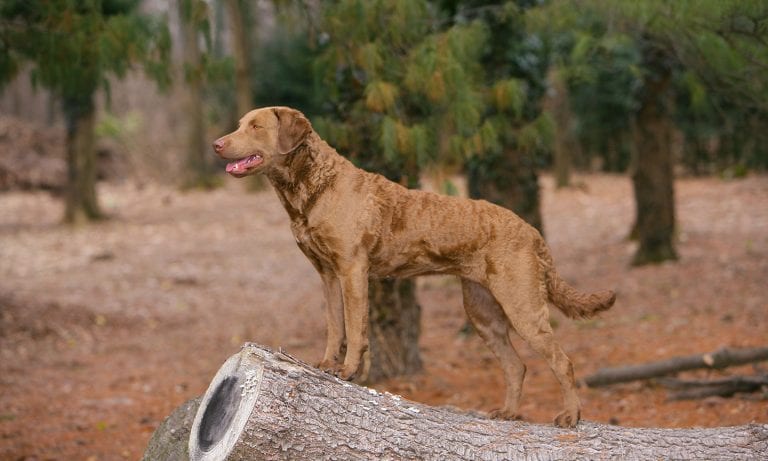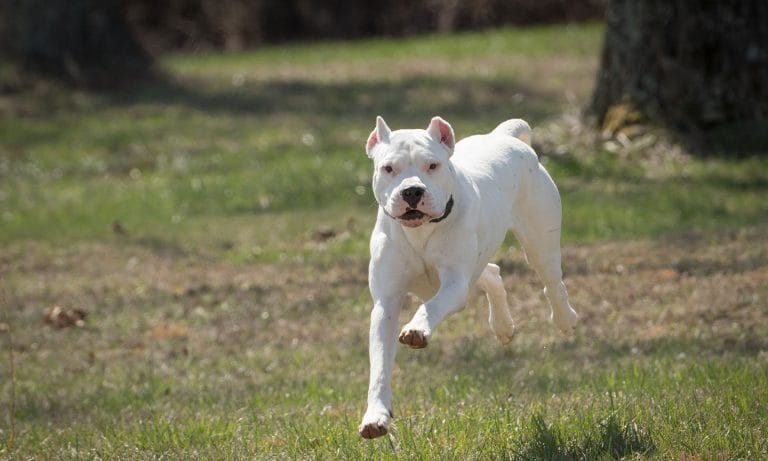Rottweilers are a popular dog breed in the United States, and it’s no wonder why. A high-energy working dog with great strength, Rottweilers are super smart and easy to train. Originally bred to protect livestock, many Rottweilers have traditionally been employed guardians, police dogs and even service dogs, but they make excellent family dogs as well. Because of their size and territoriality, Rottweilers should be properly socialized from the time they are puppies. This kind of positive interaction can help reduce separation anxiety and fear that may lead to unwanted behaviors like excessive barking and aggression.
Breed Snapshot
Temperament:
AloofLoyalSmartCoat Color:
Black And RustBlack And MahoganyBlack And Tan
Best For
A popular working breed, Rottweilers do best with experienced pet parents who can provide early training and socialization. These robust, large-sized dogs thrive in homes with active individuals or families, appreciating both mental and physical challenges.
Rottweiler Temperament
Rottweilers are powerful and intelligent dogs who benefit from early training and socialization. They are easy to train and eager to please their families, but are also strong-willed and may seem aloof to the outside world.
Originally descending from the mastiffs of the Roman legions, Rottweilers have been valuable companion animals and working dogs for centuries. This is just as true today as it was years ago—families that are willing to put in the time to train and socialize their Rottweiler will be rewarded with an intensely loyal and energetic dog.
In fact, Rottweilers are much more emotionally needy than many people assume. This dog has a fearsome reputation, but in reality, Rottweilers are obsessed with their people and want to be around them all the time. Rottweilers who are isolated from people or kept alone may begin to exhibit unwanted behaviors when they do finally get access to people.
Rottweilers were originally bred to be protectors. Combined with their great strength, this makes it especially important that Rottweilers are properly trained and socialized. Once socialized, Rottweilers can easily get along with other dogs and young children. Like any dog, Rottweilers who are poorly trained, subjected to harsh discipline, or isolated are more likely to exhibit unwanted fear-based behaviors, including biting and aggression.
One especially interesting features of these dogs is their vocalization. Rottweilers aren’t known for excessive barking (although of course they can and will bark), but they do have a deep rumble that sounds almost like a growl. Some pet parents think of this rumbling sound as “talking.” This “Rottie rumbling” is almost like the purring of a giant cat and often means your Rottweiler is happy and content, particularly during belly rubs.
How to Care for a Rottweiler
The Rottweiler dog breed may be easy to groom, but that doesn’t mean you can take it easy. They need daily exercise, tons of attention, and regular brushing and training. Rotties also need structure and regular interaction. They’re happiest when they have a job.
Rottweiler Health
As a large breed, Rottweilers have an average life span of 9-10 years. To keep their pets as healthy as possible throughout their lifetime, Rottie pet parents should be aware of a few health problems the breed is prone to.
- Cancer: Rottweilers are prone to a couple of types of cancer:
- Bone cancer (osteosarcoma) shows up as leg pain and lameness. Often, osteosarcoma can be treated with surgery but chemotherapy and additional medications may also be needed.
- Lymphoma shows up as abnormal lymph nodes and can appear anywhere on the body. It’s typically treatable with chemotherapy.
- Hypertrophic osteodystrophy (HOD): HOD is an orthopedic developmental disorder which occurs in rapidly growing and giant dog breeds. The outer part of the bone grows too quickly while they’re puppies, often causing intense pain during this phase.
- Eye Health Issues: Rottweilers are prone to several eye issues, some more severe than others.
- Progressive retinal atrophy (PRA) is a degenerative eye condition that can lead to blindness in dogs. While there is no cure, genetic screening testing is available so be sure to ask your breeder.
- Entropion, when one of the eyelids rolls inward, is another eye condition that is commonly seen in Rottweilers. It can often be corrected with minor surgery.
- Bloat or Gastric Dilatation-volvulus (GDV): Rottweilers, like many large breeds, can be prone to a life-threatening, emergency condition called bloat. Bloat occurs when the stomach fills with air and twists on itself cutting blood supply off to the organs. Symptoms typically include abdominal distension, restlessness, and dry heaving/retching. If you notice any of these signs, please take your pet to the vet immediately.
- Hip and Elbow Dysplasia: Common in large-breed dogs, dysplasia is a joint condition where the joints don’t fit together properly. Your vet can diagnose this condition with an x-ray and treatment may include weight management, joint supplements, pain medication, and in severe cases surgery.
- Subaortic Stenosis: This potentially genetic heart condition occurs when there is a narrowing of the aortic valve in the heart. Symptoms may include weakness, trouble breathing, and collapse. If your pet hears a heart murmur, they will likely refer you to a veterinary cardiologist for an echocardiogram (ultrasound of the heart) to determine the cause.
Be sure to talk with the breeder about these issues and check the pup’s parents’ medical histories. If you’re adopting your Rottweiler, ask the rescue or shelter for the dog’s vet record. While they most likely won’t have the pup’s family history, these organizations often take care of the dog’s vaccinations and make sure they have a wellness check before finding the dog’s forever family.
Rottweiler History
Rottweilers have their origins in the Mastiffs of the Roman legions. The Roman Army needed tough working dogs to guard the herds they relied on for food, so they bred them from Asian Mastiffs. The Romans brought these guard dogs with them as they conquered the known world. The dogs remained behind in the town of Rottweil, Germany, to protect cattle herds after the collapse of the Roman Empire. They were called “Rottweiler Metzgerhund,” or Butcher’s Dog of Rottweil, and they became the main stock used for many German breeds over the next few hundred years.
After the rise of cattle cars in the 1800s, Rotties fell out of favor with cattlemen, and they then found work as police dogs. The Rottweiler’s size, quick-learning abilities and training capabilities made them excellent at a range of complex jobs—from search and rescue operations to serving as guide dogs for blind or disabled people. Since World War I, Rottweilers have served in various militaries both as guard dogs and skilled working dogs.
The Rottie first appeared in the U.S. in the 1920s, and, in 1931, reached a milestone when the first Rottweiler (named Stina v Felsenmeer) was registered by the American Kennel Club. By the mid-1990s, more than 100,000 Rottweilers had been registered with the AKC, and the Rottie has been one of the most popular dog breeds in America for the past several years.
Where’s the best place to find a Rottweiler puppy?
Start by perusing a list of reputable Rottweiler breeders on the American Kennel Club’s website and expect to pay at least $1,500-$2,500, depending on the breeder. Be sure the parents have health clearances—that’s what you pay for when you go to a reputable breeder.
If you’d prefer to adopt, check pet adoption websites, like Chewy’s database of adoptable dogs, as well as Rottweiler rescues, such as Kodi’s Club and Rottweiler Rescue of Los Angeles. Many people don’t know what they’re getting into with this breed and end up giving them up. You can also contact the American Rottweiler Club, which has contacts for Rottweiler rescues depending on your location.
Look for a Rottweiler rescue that has had the dog long enough to know their personality. Ask hard questions such as:
- Why was the dog given up?
- What is the dog’s history (if known)?
- How is the dog at the vet?
- How is the dog with strangers?
- How is the dog with other animals, such as small dogs?
- Does the dog have allergies?
- Will they be spayed/neutered prior to adoption?
Be extremely discerning and objective in your thinking if the dog has a bite history or is listed as “not good with children.” Read our guide on what to expect when adopting a dog.
No matter if you buy or adopt, make sure you also understand the costs associated with caring for a dog for their entire lifetime. Learn more about how much it costs to have a dog.
FAQs
Are Rottweilers dangerous?
Because they are an imposing breed, Rottweilers are often perceived as dangerous and aggressive. And, while sometimes TV and movies cast them in the role of “villain,” Rottweilers aren’t necessarily dangerous. With proper and consistent training, a Rottweiler can be a loving, energetic, and playful dog to their family.
Are Rottweilers hypoallergenic?
No, Rottweilers aren’t a hypoallergenic breed. If your allergies are triggered by fur, dander and pup drool, know that this breed has a double coat and sheds a lot! They also like to use their people as napkins after drinking.
Are Rottweilers good with kids?
Yes, a Rottweiler can be good with older kids if the dog is well-trained and the kids are taught how to act around dogs of this size. As a large and strong breed with great jaw strength, a Rottweiler bite may be more damaging than a bite from a smaller dog, so if you have children around, it’s extra important to socialize your Rottweiler.
Are there different types of Rottweilers?
You might’ve heard about the different types of Rottweilers: The Roman Rottweiler, the German Rottweiler and the American Rottweiler. These distinctions suggest differences in the dogs’ body compositions. But in reality, there aren’t different types of Rottweilers—there is only one standard, with the only variations being a tooth and a tail. Specifically, in the United States, the American Kennel Club (AKC) allows one tooth to be missing, while in Europe, under the International Canine Federation (FCI) standard, full dentition is required. In 1998, the EU, Great Britain, the Scandinavian countries, Australia and New Zealand all collectively put an end to the practices of cropping ears and docking tails. The U.S. has been slower in adopting these changes. In 2022, the American Rottweiler Club added a tail description, allowing Rottweilers with natural tails to be shown without penalty.
What’s the difference between Rottweilers and Dobermans?
While the two are cousins, sharing several traits and physical characteristics, they have their differences, most notably their size. Rottweilers are short and stocky, measuring 22-27 inches tall and weighing 80-135 pounds, while Dobermans are taller (24-28 inches) and have a slimmer build (60-100 pounds).
Dobermans, which are bred for speed and chasing, are fast and light on their feet, while the Rottweiler, which was bred for stamina, has a steady trot. Rottweilers tend to be a little slower and more methodical in their work. However, both are easily bored and require lots of intellectual stimulation and an outlet for their energy.
What are the most popular Rottweiler names?
Common Rottweiler names include Max, Bear, Osa or Oso, Rocky, Axel, Diesel, Kilo, Cali, and German names such as Schatzie, Heidi, Pasha, Tasha, Nasha and Sasha. Ruby, Roxy, Luna, Luca and gun names such as Winchester, Colt and Luger are also popular.
What are the most common Rottweiler mixes?
- Rottweiler-American Pit Bull Terrier mix (Pitweiler)
- Rottweiler-Miniature Pinscher mix (Pinweiler)
- Rottweiler-Jack Russell Terrier mix (Jackweiler)
- Rottweiler-German Shepherd mix (German Rottie)
- Rottweiler-Siberian Husky mix (Rottsky)
- Rottweiler-Labrador Retriever mix (Labrottie)
- Rottweiler-Doberman Pinscher mix (Rottweiler Doberman)
- Rottweiler-Golden Retriever mix (Golden Rottie)
- Rottweiler-Boxer mix (Boxweiler)
Note: These are not purebred dogs but mixed breeds.
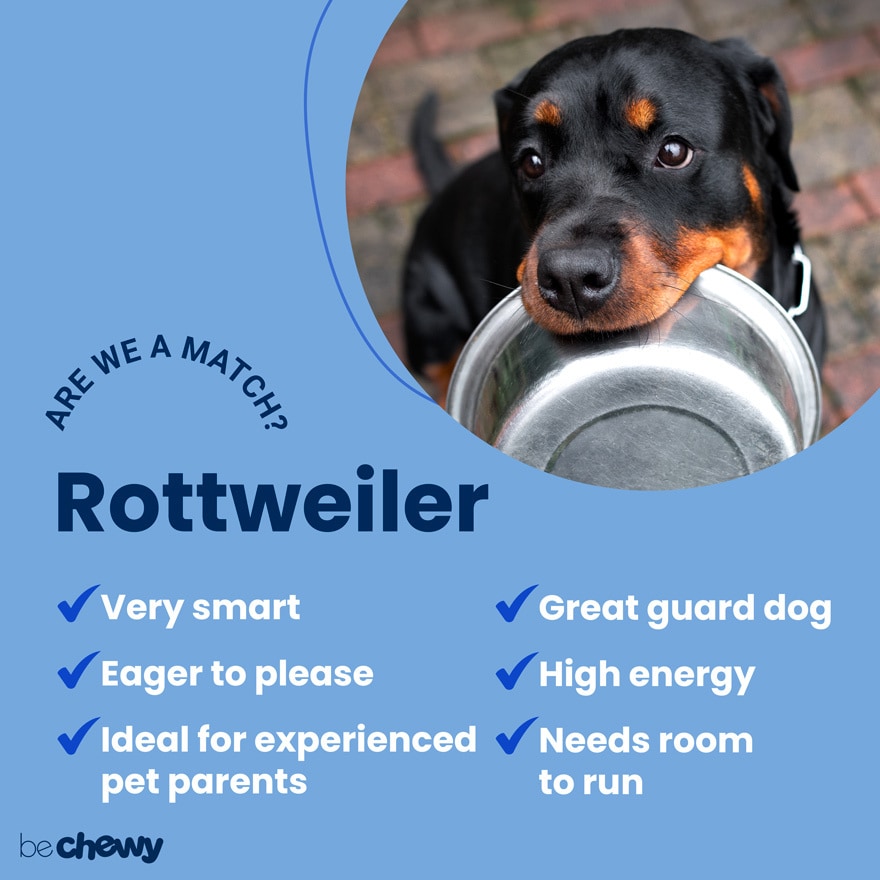
Top Takeaways
Rottweilers are smart (one of the smartest breeds, in fact), self-assured dogs who are easy to train. Bonding with your dog through lots of playtime and training can help your pet find their place in your “pack.” If you have the experience and energy to keep up with a Rottie’s training and exercise needs, this may be the breed for you.
Expert input provided by veterinarian Ernie Ward, DVM, CVFT; certified dog trainer Mark Forrest Patrick; and Jill Kessler Miller, trainer, expert in dogs for legal lawsuits, and American Rottweiler Club member.
Breed characteristic ratings provided by veterinarian Dr. Sarah J. Wooten, DVM, CVJ, a veterinarian at Sheep Draw Veterinary Hospital in Greeley, Colorado; dog trainer and behavior consultant Irith Bloom, CPDT-KSA, CBCC-KA, CDBC, owner of The Sophisticated Dog, LLC, in Los Angeles; and certified animal behavior consultant Amy Shojai, CABC, in Sherman, Texas.
The health content was medically reviewed by Chewy vets.

Search for Adoptable Rottweilers Near You
Female Names
- Luna
- Bella
- Roxy
- Nala
- Nova
- Harley
- Stella
- Roxie
- Athena
- Ruby
Male Names
- Bear
- Diesel
- Zeus
- Rocky
- Max
- Apollo
- Thor
- Tank
- Loki
- Bruno
Share:
